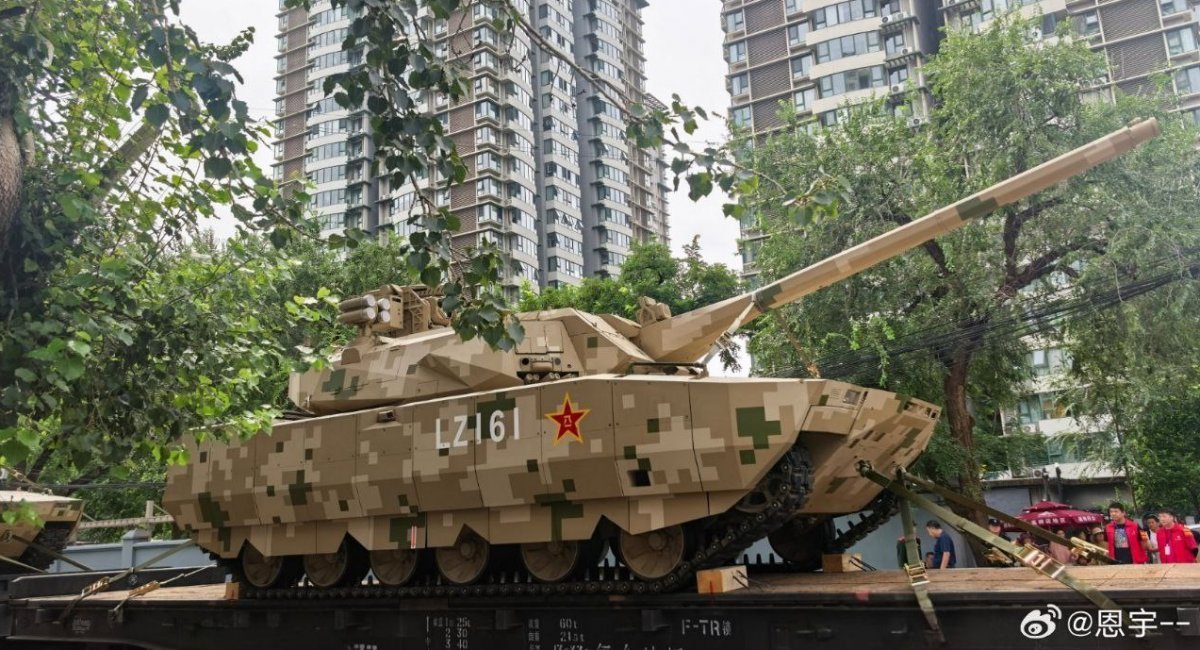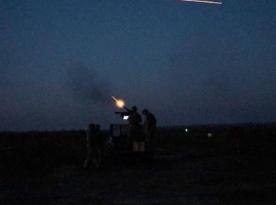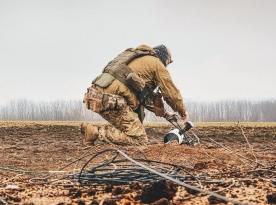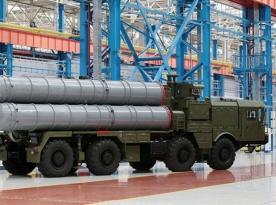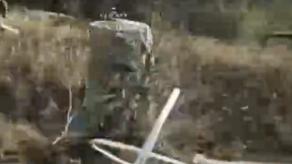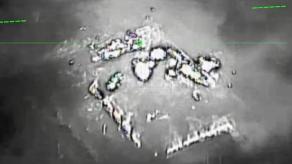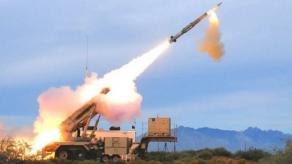A Chinese analog of russia's Armata was spotted during rehearsals for the upcoming parade marking the 80th anniversary of the end of World War II. The vehicle in question is the new ZTZ-201 (also referred to as ZTZ-20), which displays some notable features in both size and protection.
First, the new tank reportedly weighs only 35–40 tons, making it somewhat lighter than the Soviet-era T-64, T-72, and T-80. With armored vehicles growing heavier in recent decades, this development effectively signals a return of the medium tank class — platforms that retain significant firepower and armor protection while remaining cheaper and easier to produce in large numbers.
Read more: russia Wants to Sell India Localized T-14 Armata Tanks and That's a Reason for Concern
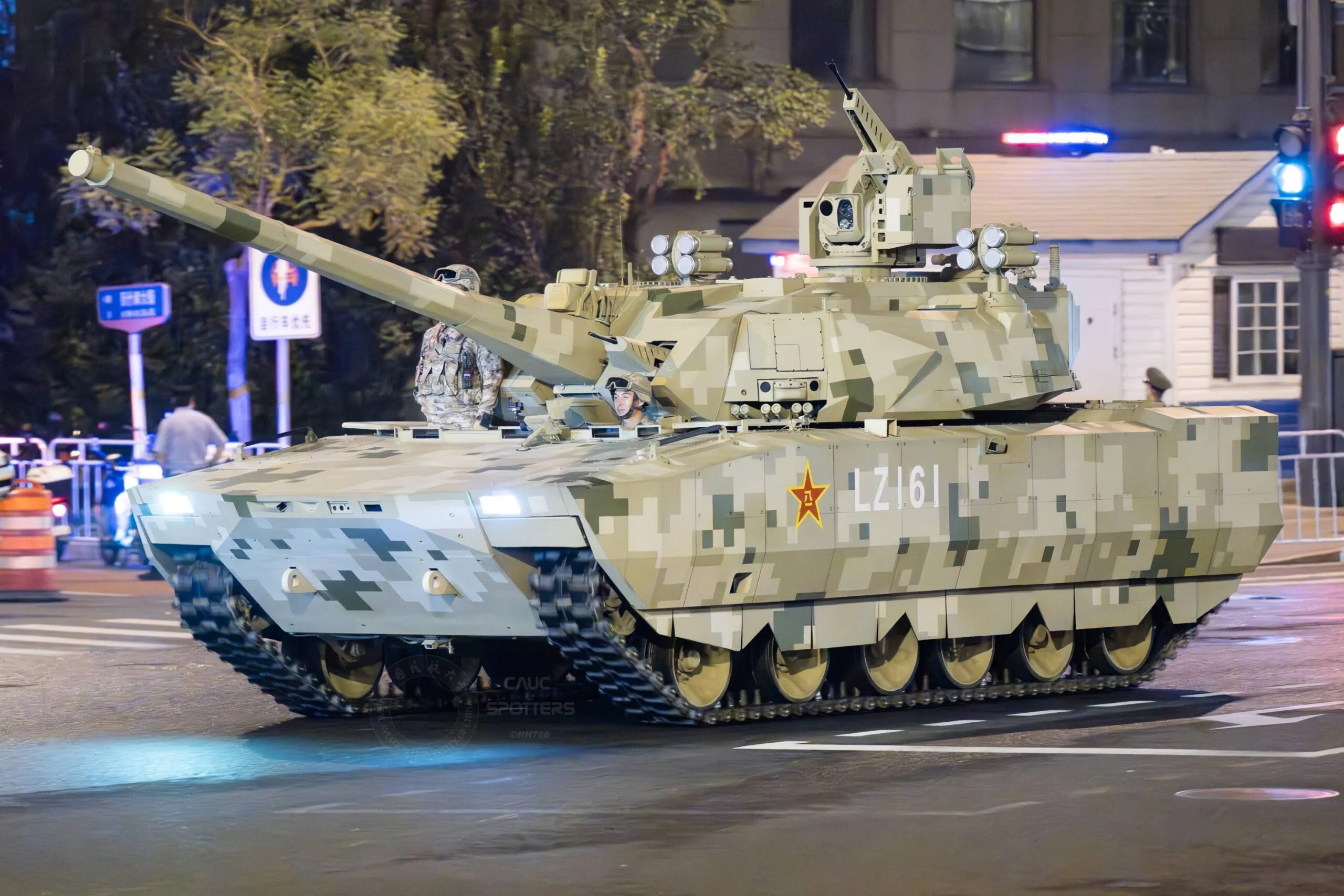
Second, its armament is said to consist of a 105 mm gun paired with a remotely operated weapon station mounting a machine gun integrated with a panoramic sight. This system is claimed to offer some potential in countering FPV drones. However, there are no visible indicators of dedicated detection systems, which are critically important for protection against UAVs.
Third, the tank's armor protection raises questions. The crew hatches appear to have very thin plating, the right side of the turret (relative to the vehicle) seems to have only cosmetic protection, while explosive reactive armor is present only on the left side. A visual assessment also suggests the absence of blowout panels, which are essential for enhancing crew survivability.
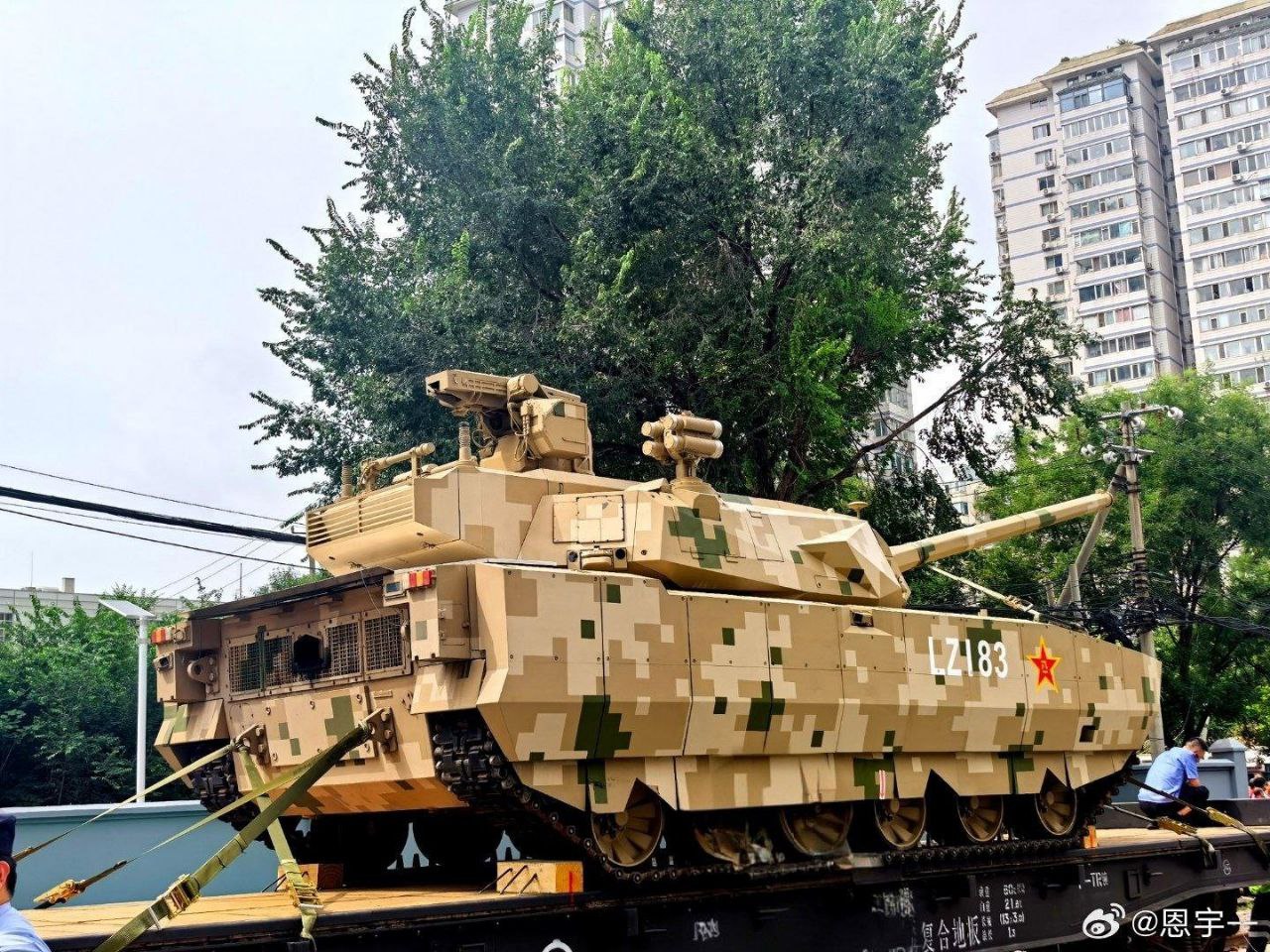
The active protection system is installed in a configuration very similar to russia's T-14 Armata. Additionally, there appear to be eight more launchers grouped into two 4×4 blocks mounted on the turret roof.
In broad terms, this makes the ZTZ-201 something of a "poor man's Armata" — a concept with arguably better chances of practical implementation than russia's own tank. Still, it is worth noting that reliable information about the classification and intended role of the vehicle has yet to emerge.
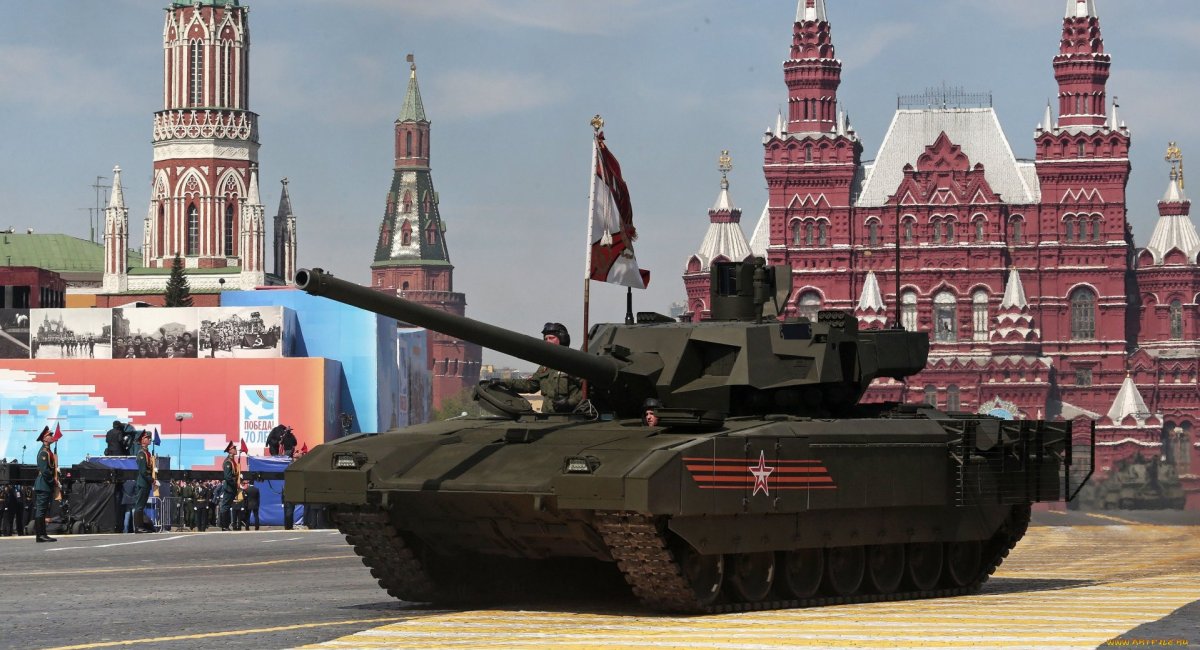
On the other hand, the ZTZ-201 is likely based on an infantry fighting vehicle platform, or at least heavily unified with one. In this sense, China seems to have reached the same dead end that Western nations faced with vehicles like the CV90-120 and similar projects.
Moreover, the tank's layout and protection do not fully meet modern battlefield requirements. The engine remains vulnerable, and as mentioned earlier, the design lacks even some of the most basic contemporary survivability measures. This does not necessarily make the new Chinese tank ineffective, but it does raise serious questions about its future prospects.
Read more: Rostec Officially Admits T-14 Armata is for Parades, Not Real War




